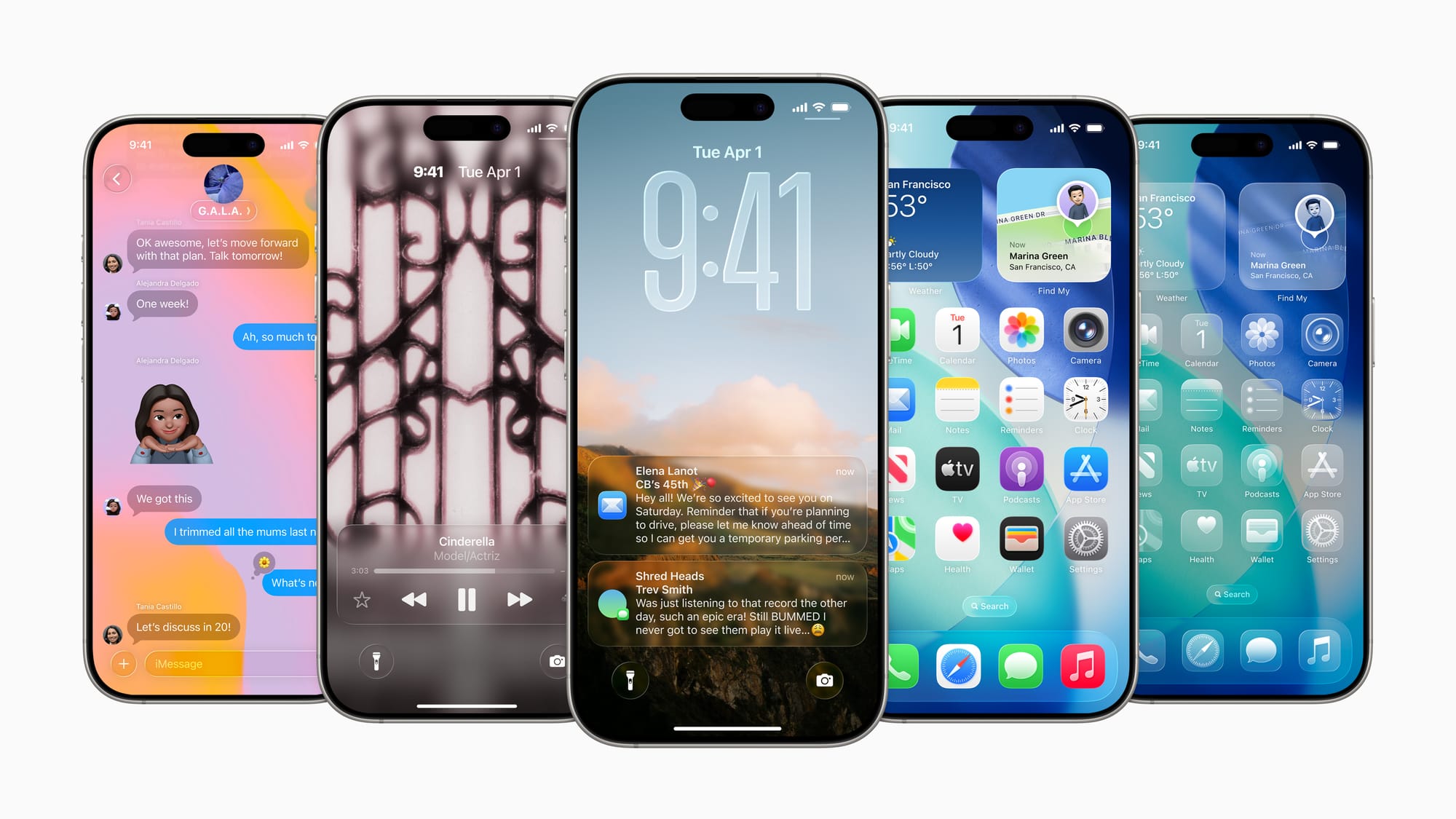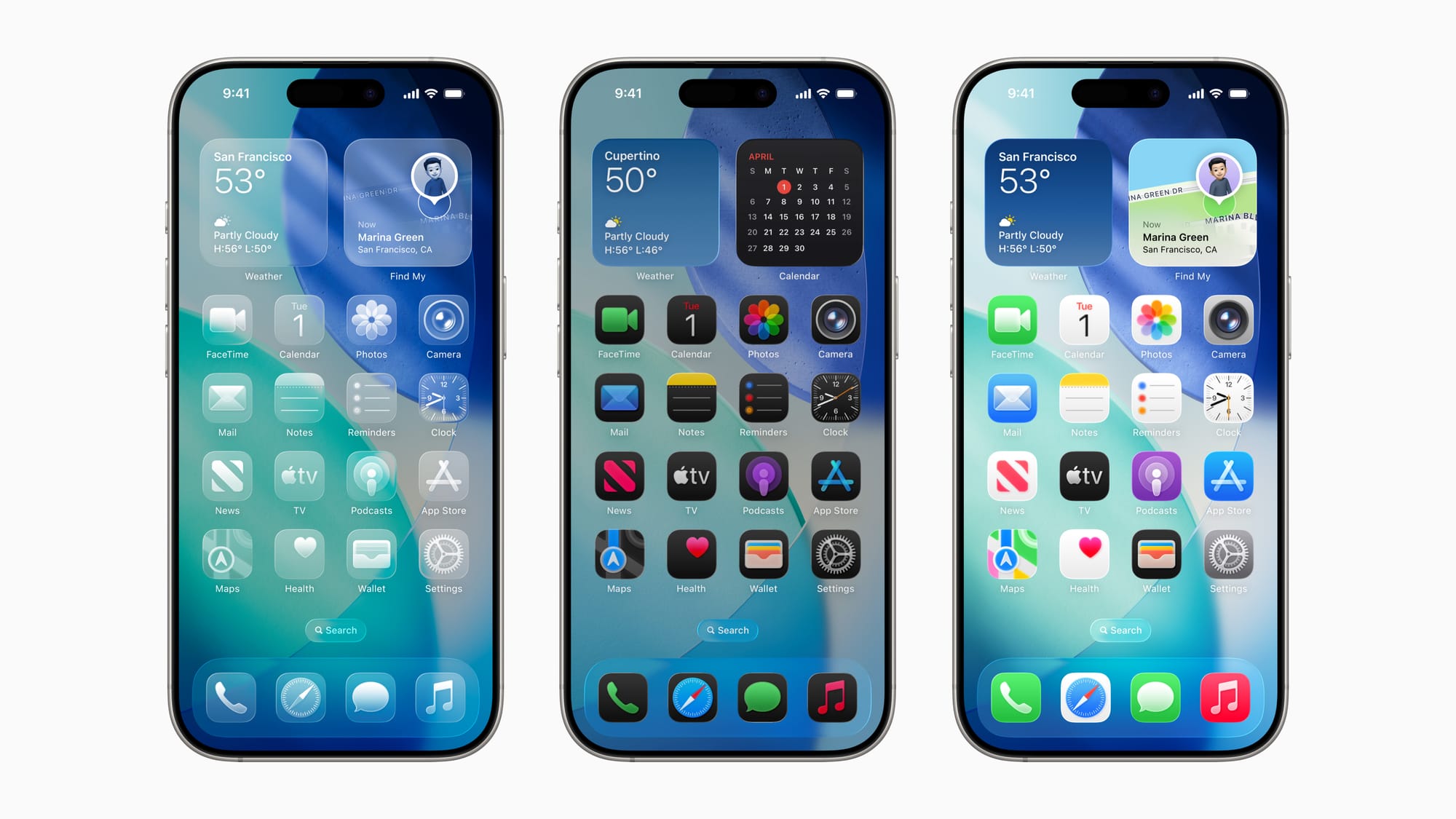Apple's most significant software overhaul in over a decade officially rolled out today, September 15, 2025, bringing iOS 26's groundbreaking Liquid Glass design and enhanced Apple Intelligence to millions of iPhones worldwide. While the visual transformation promises to reshape user expectations across industries, early market reactions suggest investors remain cautiously optimistic about the tech giant's latest innovation push.

The Liquid Glass Revolution Changes the Game
The marquee feature of iOS 26, Liquid Glass, represents Apple's most dramatic interface redesign since iOS 7, introducing semi-transparent panels and glass-like visual effects that create an immersive, depth-rich experience. Craig Federighi, Apple's senior vice president of Software Engineering, emphasized that "iOS 26 shines with the gorgeous new design and meaningful improvements to the features users rely on every day, making iPhone even more helpful".
For businesses, this isn't just aesthetic window dressing—it's a competitive mandate. Companies that fail to adapt their mobile applications to align with Apple's new design language risk appearing outdated overnight, potentially losing credibility with customers who increasingly expect seamless, modern interfaces.
Enterprise Features Drive Productivity Forward
Beyond the visual overhaul, iOS 26 introduces several business-critical features that directly impact enterprise operations. The new Call Screening capability actively filters incoming calls, providing users with context before they decide to answer, which could significantly affect outbound business communications and connection rates. As one industry analysis noted, "answer rates for calls from unknown numbers will start to decline" as adoption increases throughout 2026.
The enhanced Shortcuts app now leverages Apple Intelligence for Intelligent Actions, allowing users to complete complex tasks like transcribing meeting recordings, summarizing notes, and automating workflow processes with unprecedented efficiency. Live Translation capabilities enable real-time cross-border business communications, opening new opportunities for international expansion.
Market Response Reflects Cautious Optimism
Despite the technological advances, Apple's stock performance tells a more complex story. Following the company's "Awe-Dropping" iPhone 17 event on September 9, Apple shares slipped 0.24% to $237.31, with investors viewing the updates as "incremental improvements rather than groundbreaking features". The lukewarm reception reflects broader concerns about Apple's ability to monetize AI innovations and navigate an increasingly competitive landscape.
Wall Street's measured response doesn't diminish the long-term significance of iOS 26's enterprise implications. As one business technology analyst observed, "enterprises that don't adapt to Apple's iOS 26 Liquid Glass redesign risk their apps appearing outdated". Companies investing early in interface updates and AI-enhanced productivity features position themselves to capitalize on changing user expectations.
Strategic Imperatives for Forward-Thinking Businesses
The rollout of iOS 26 presents both opportunities and challenges for American businesses. Organizations should prioritize branded caller ID implementation to maintain connection rates as call screening adoption increases. Mobile app developers must update layouts to ensure compatibility with Liquid Glass design standards. At the same time, IT teams need to leverage Mobile Device Management solutions to maintain security across the new interface.
The global release is at 10:00 a.m. PT ensures simultaneous availability across markets, allowing Apple's support teams to monitor adoption and address critical issues efficiently. This coordinated approach reflects Apple's commitment to delivering enterprise-ready solutions that scale across diverse business environments.
As iOS 26 adoption accelerates over the coming months, businesses that proactively embrace these changes—from visual design updates to AI-powered productivity enhancements—will establish competitive advantages in an increasingly mobile-first economy. The question isn't whether these innovations will reshape business communications and user experiences, but how quickly forward-thinking organizations will adapt to lead rather than follow the transformation.




Discussion